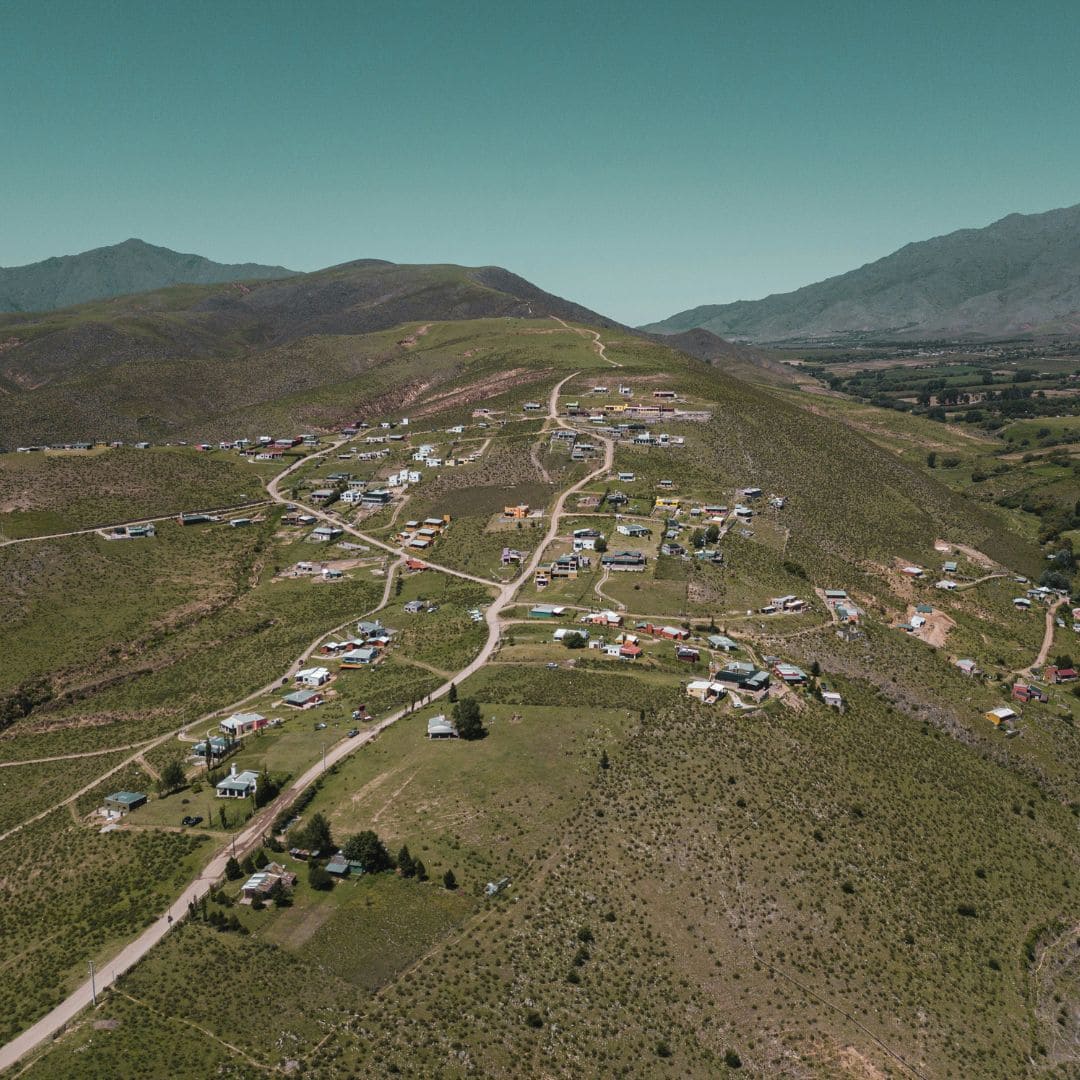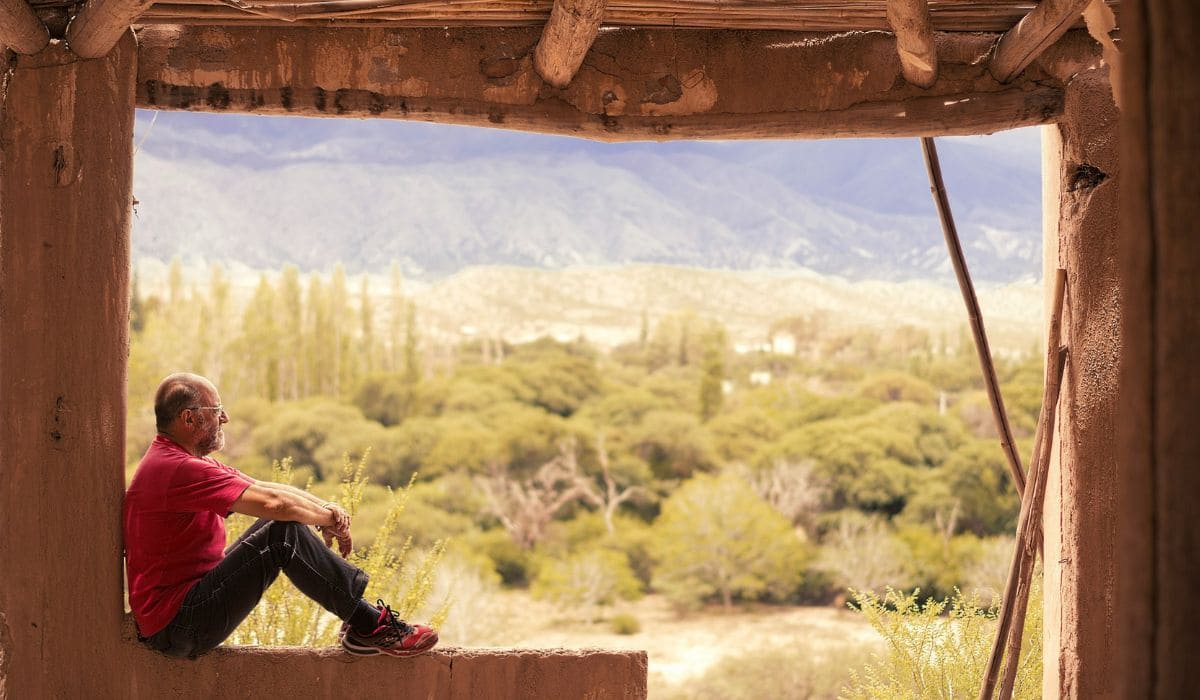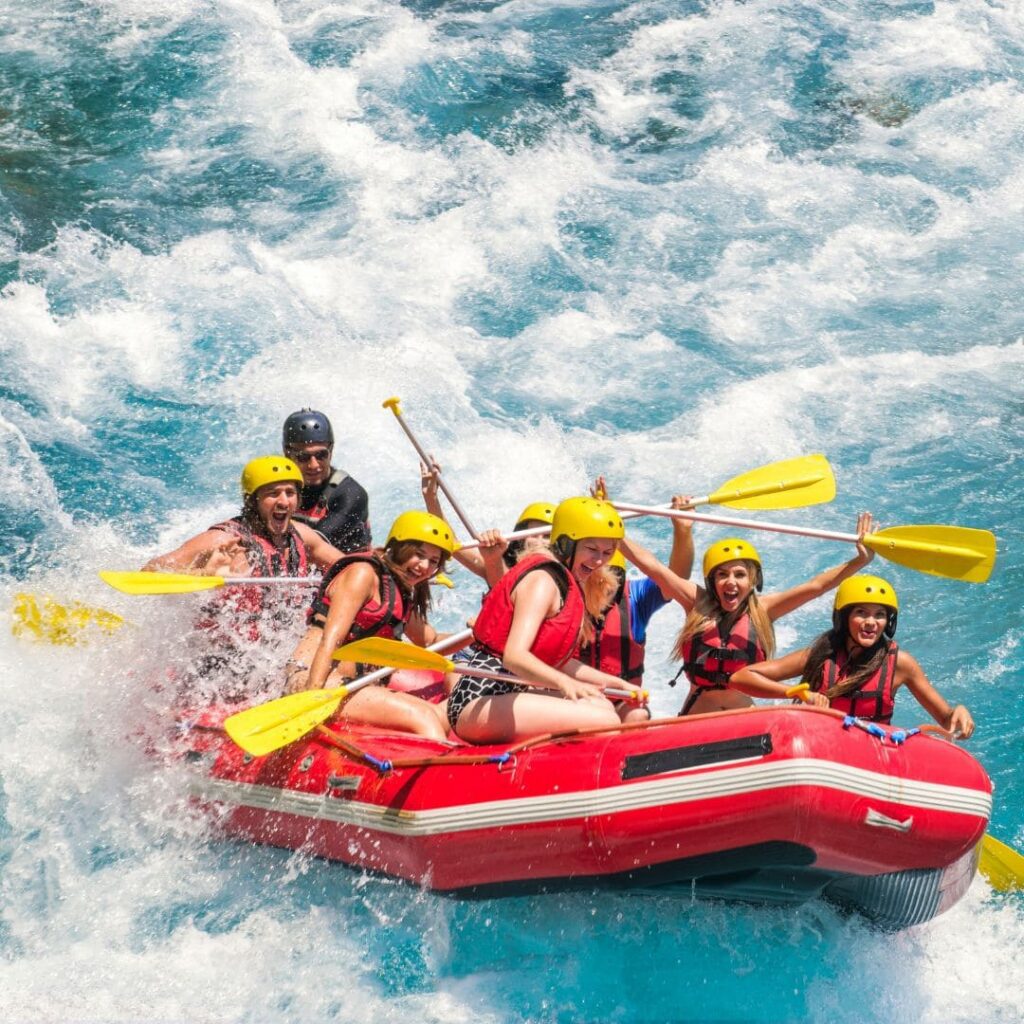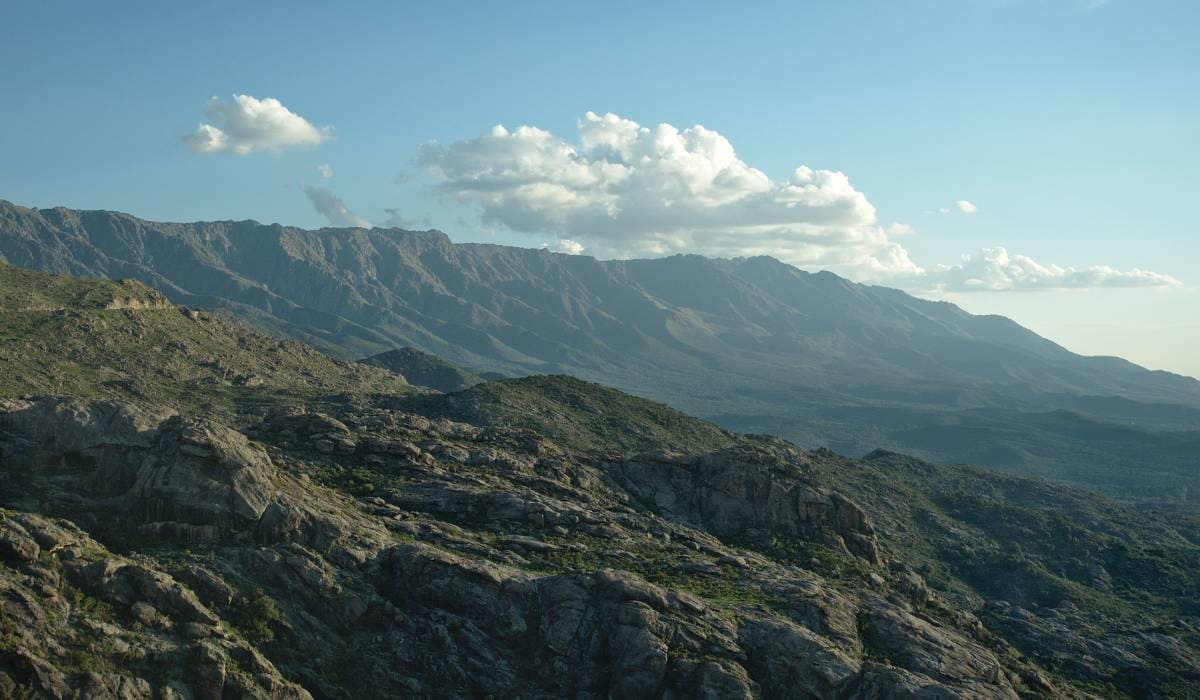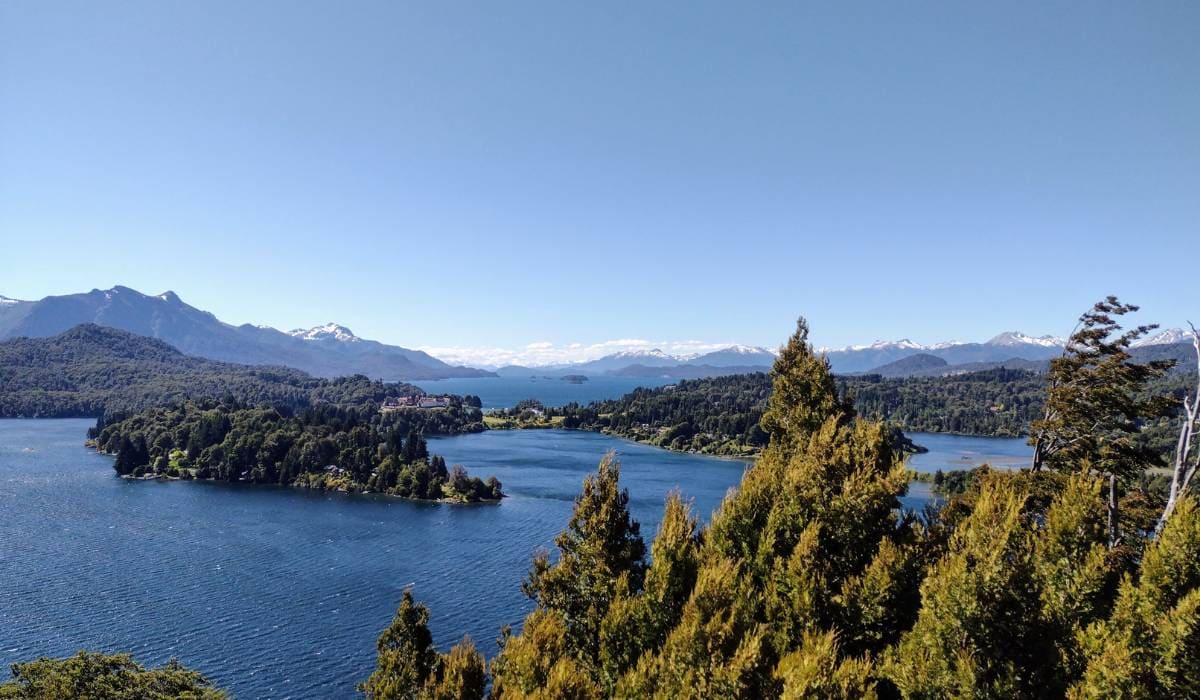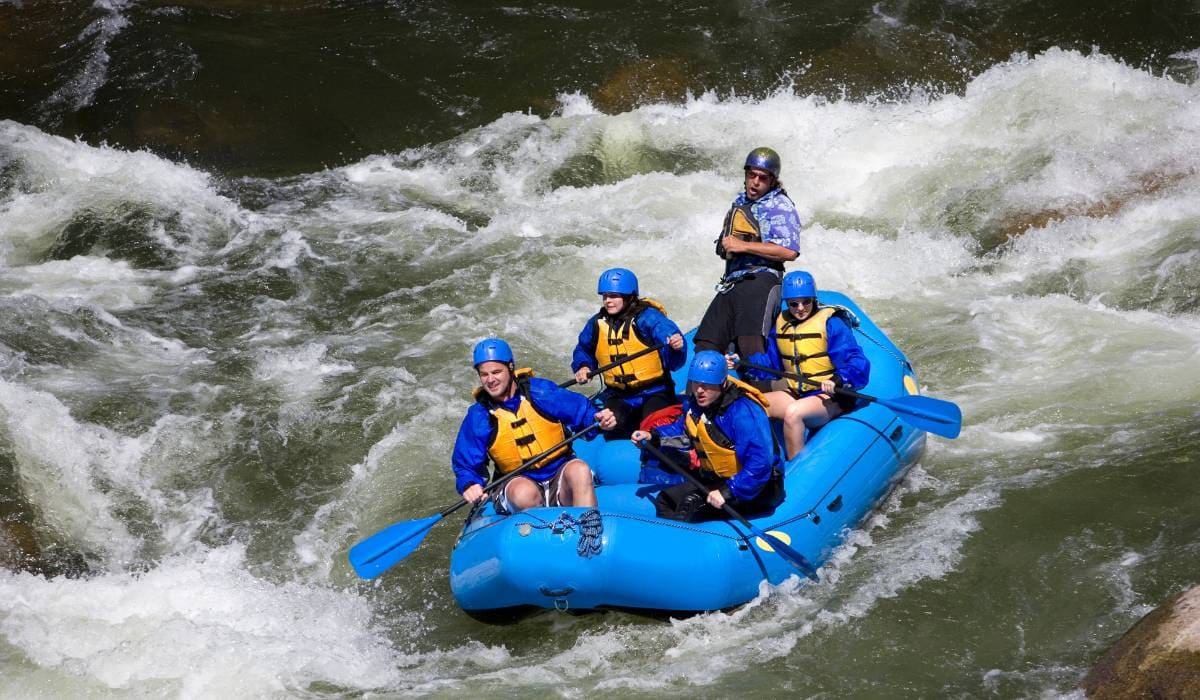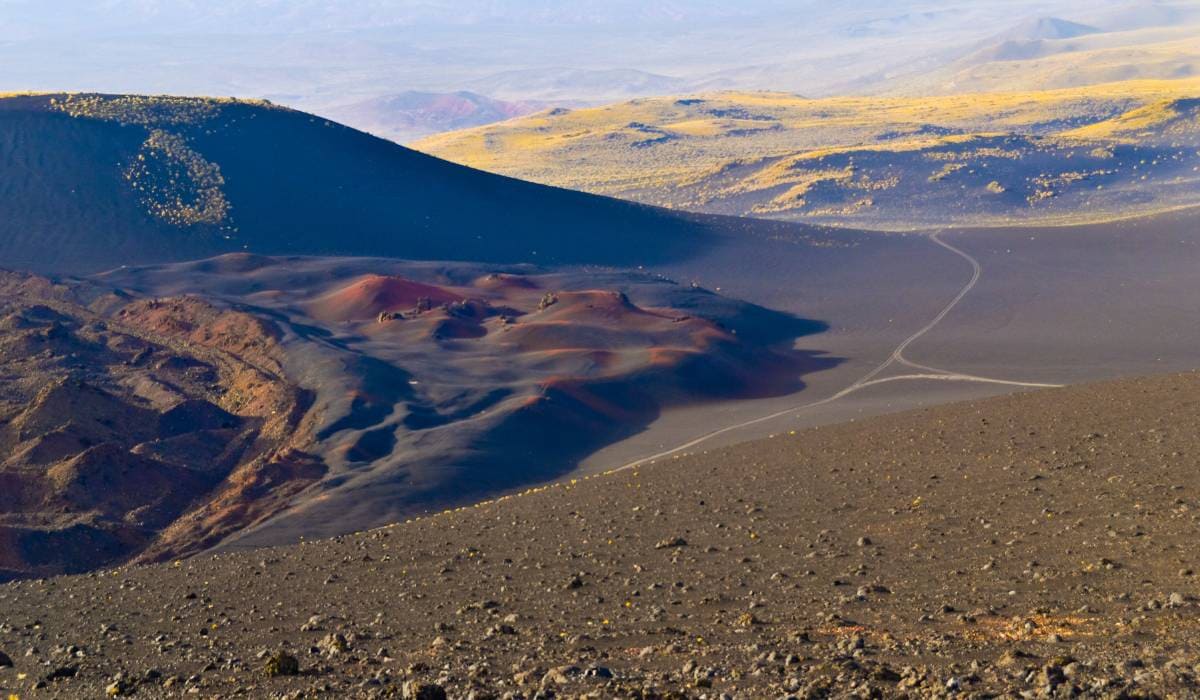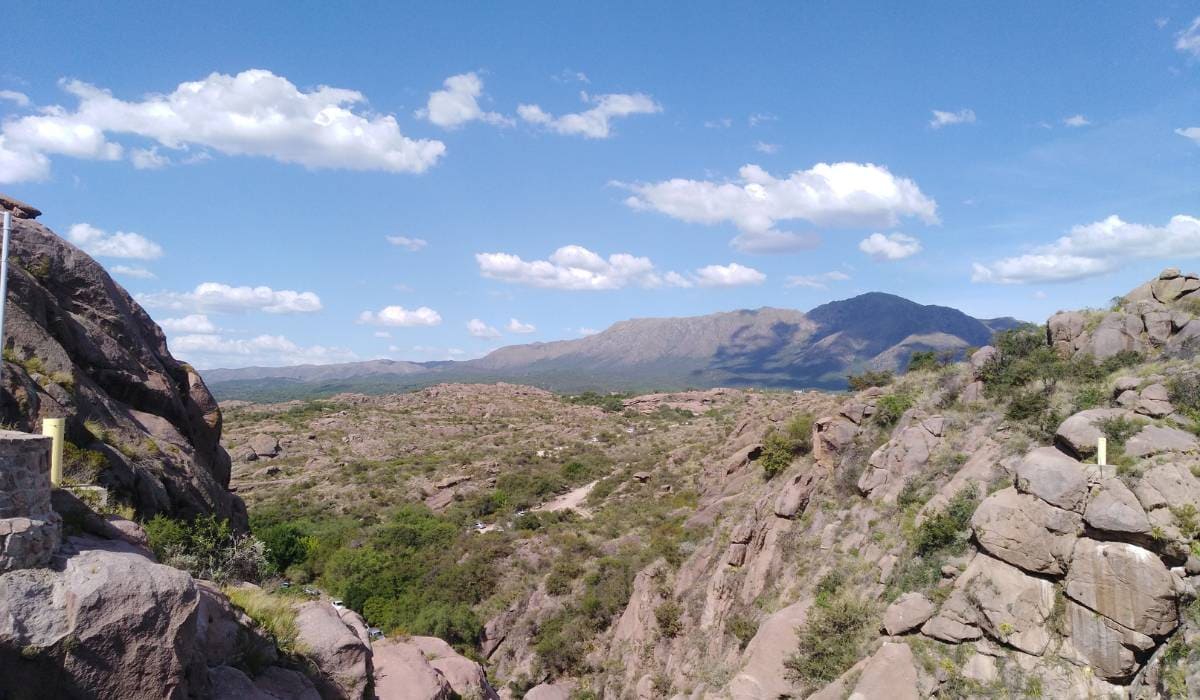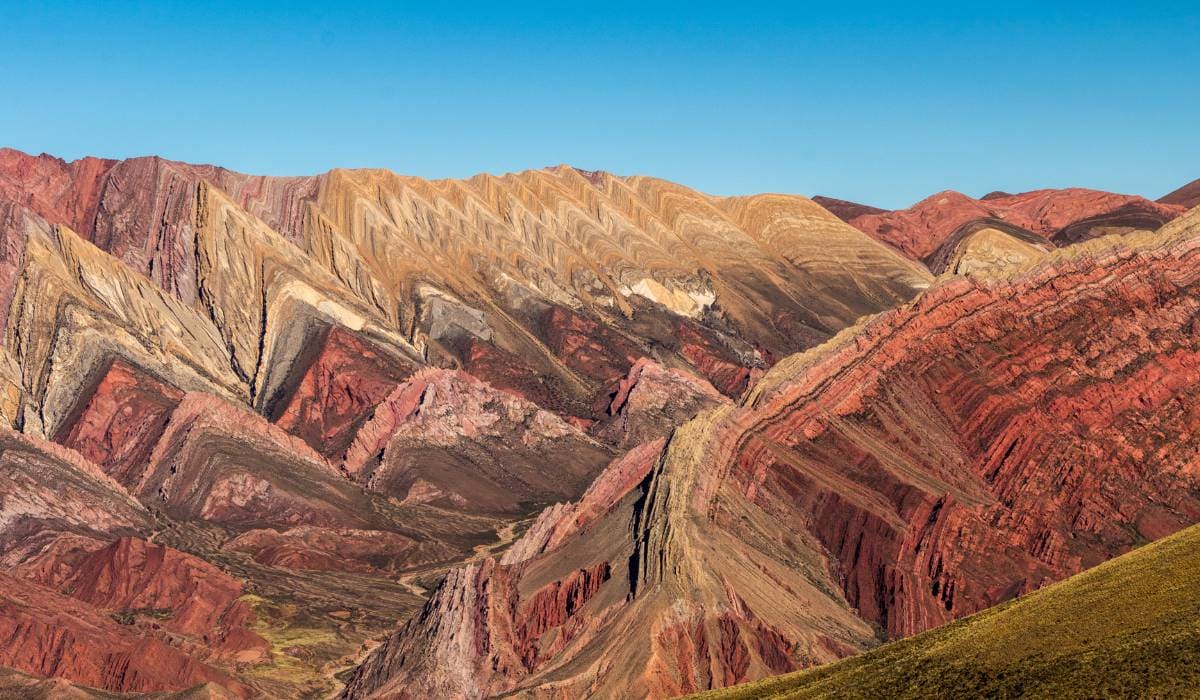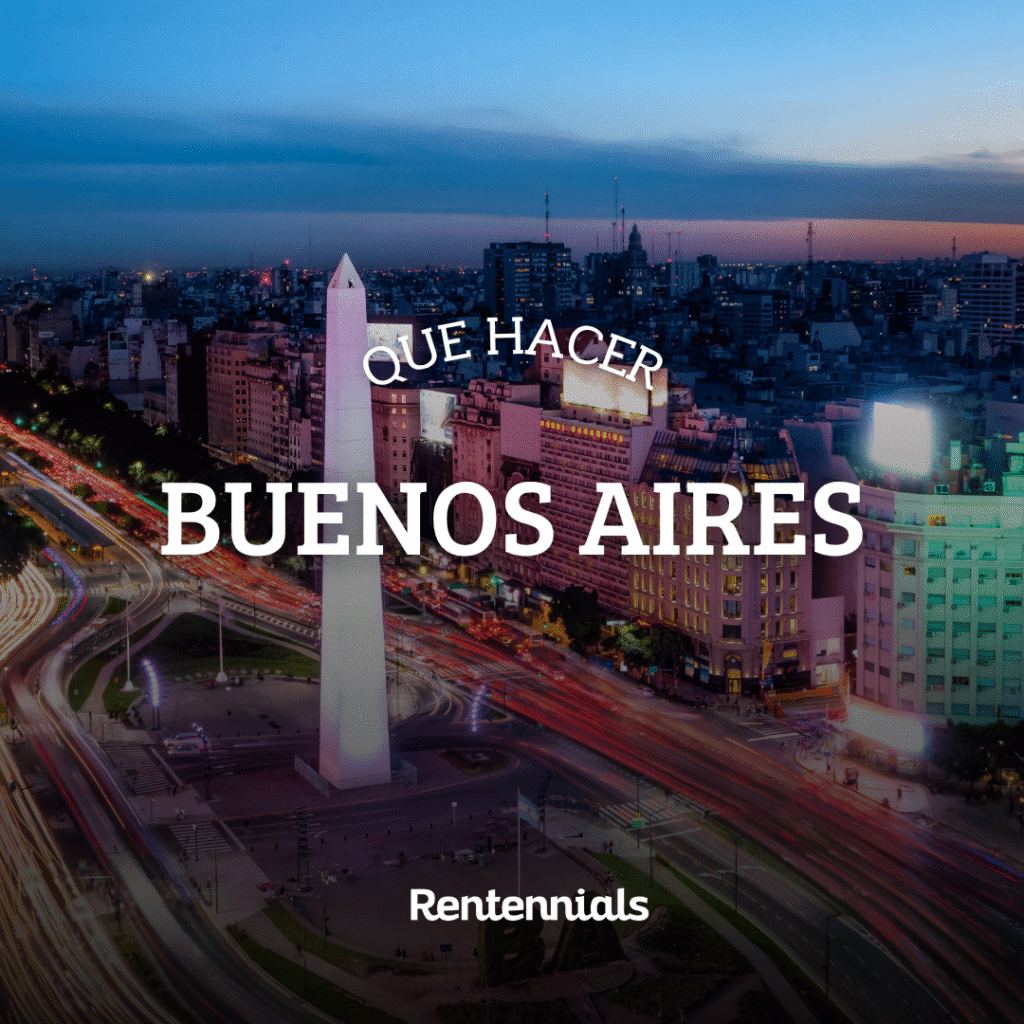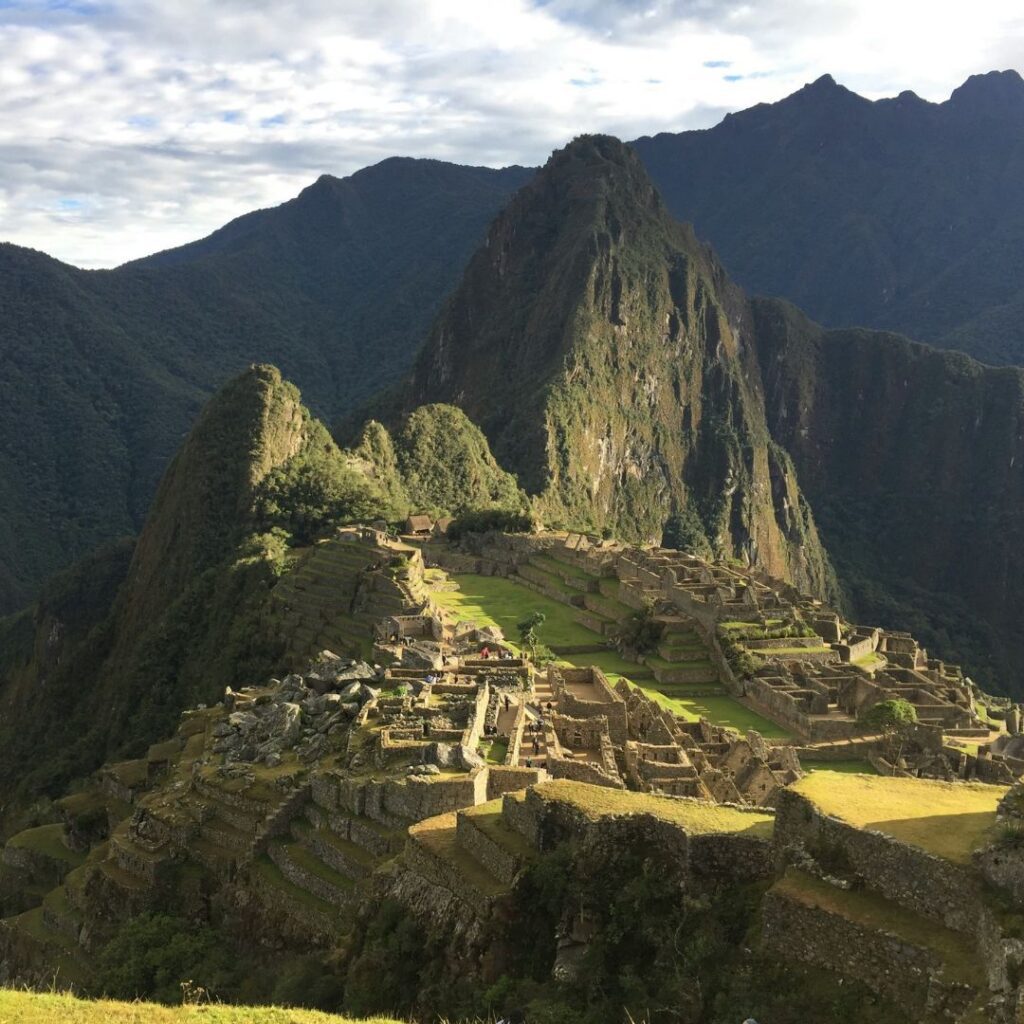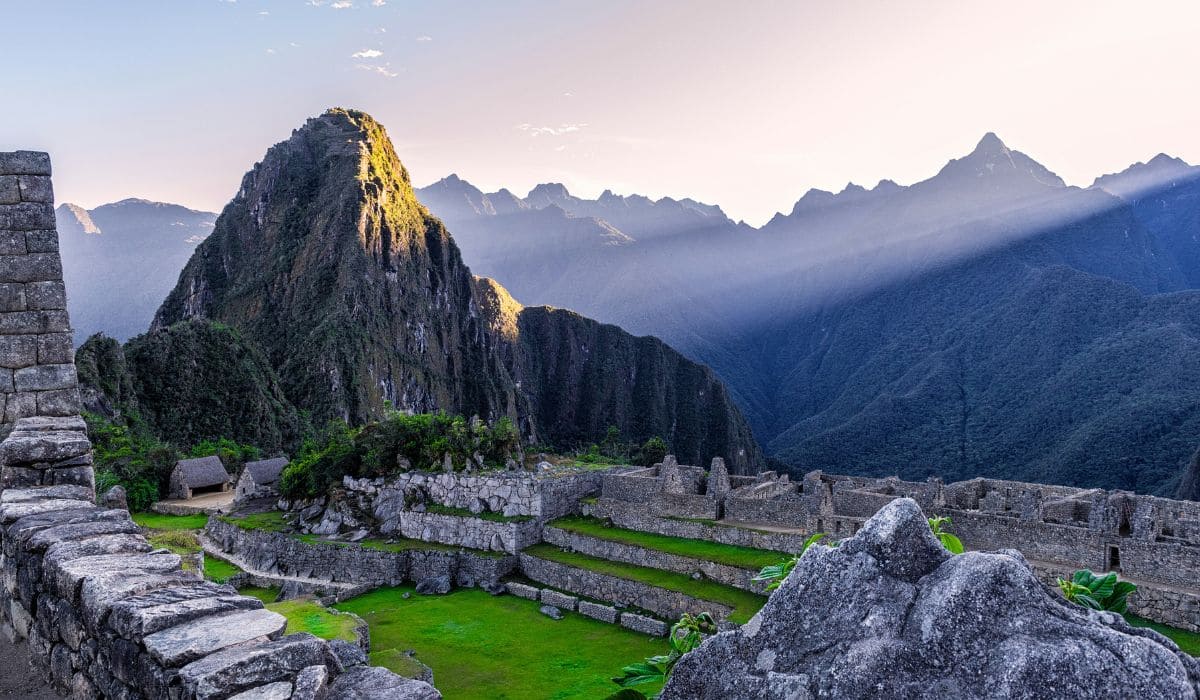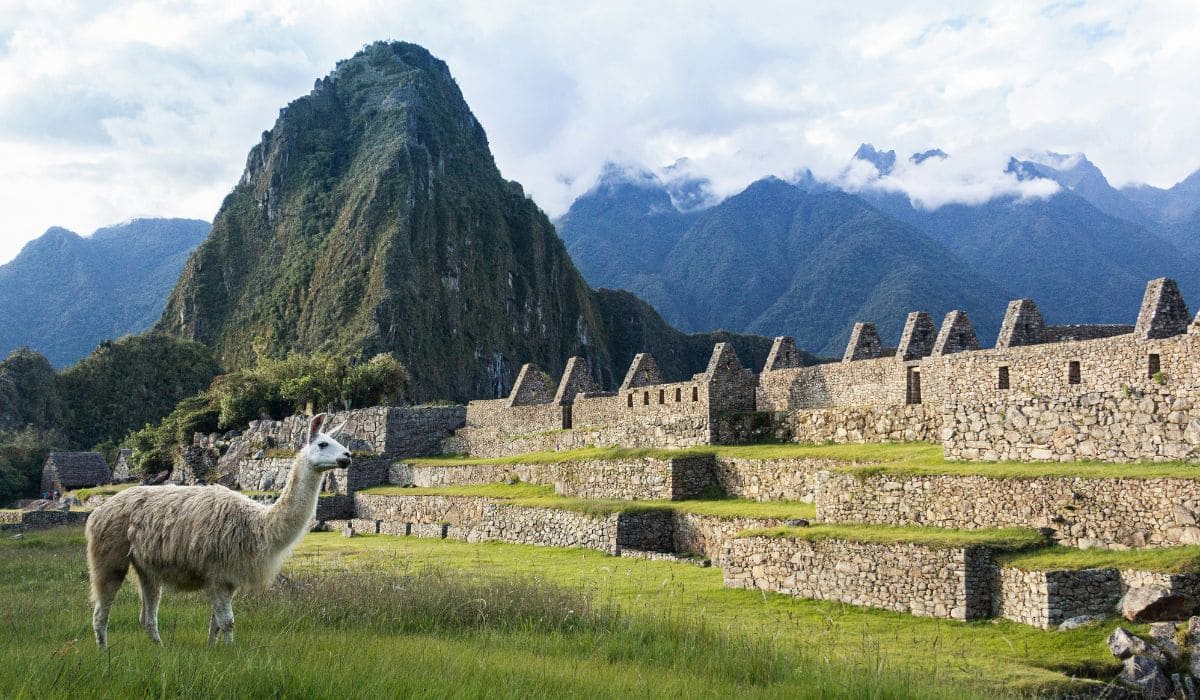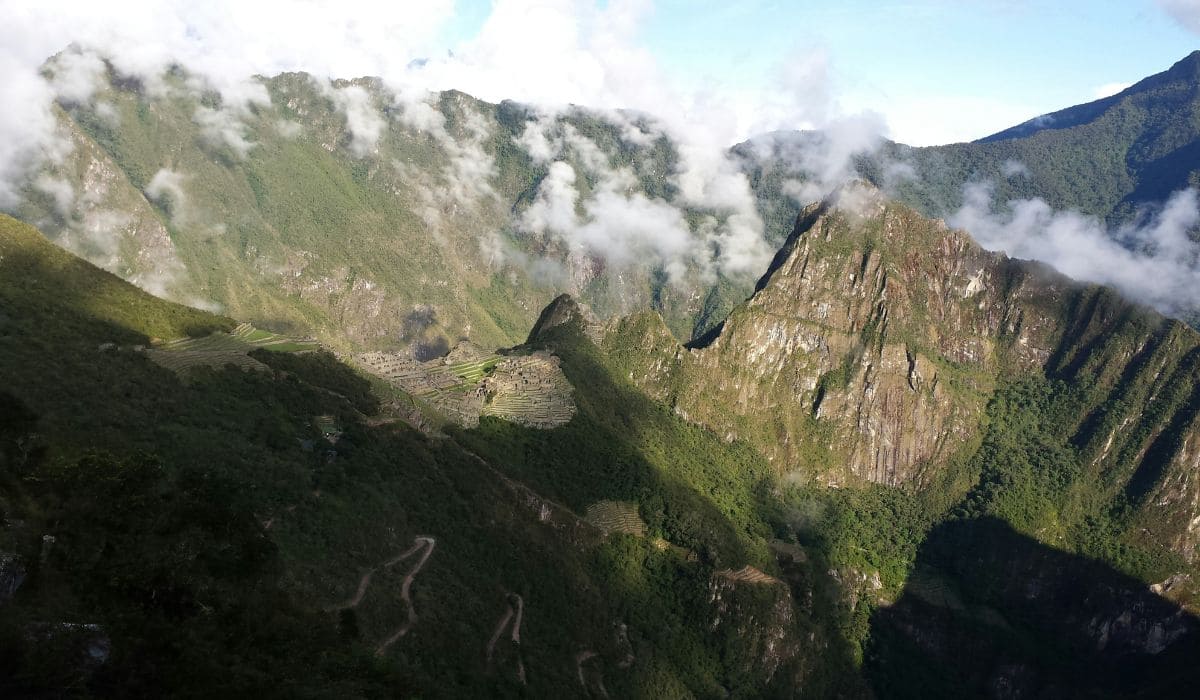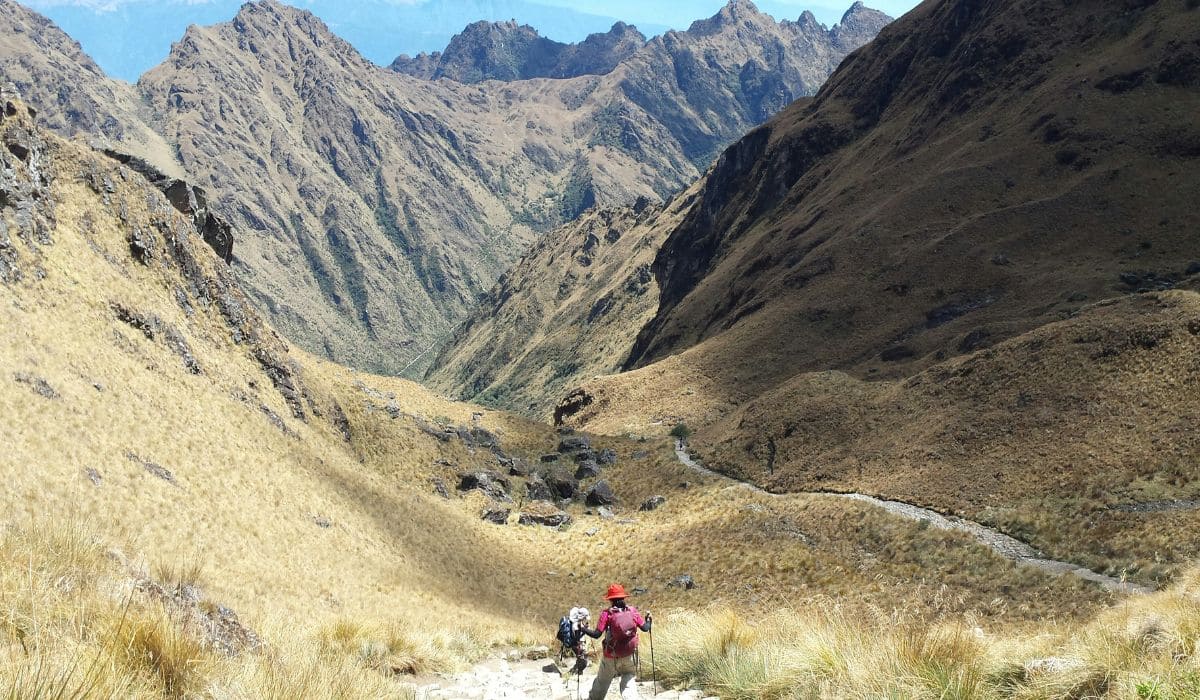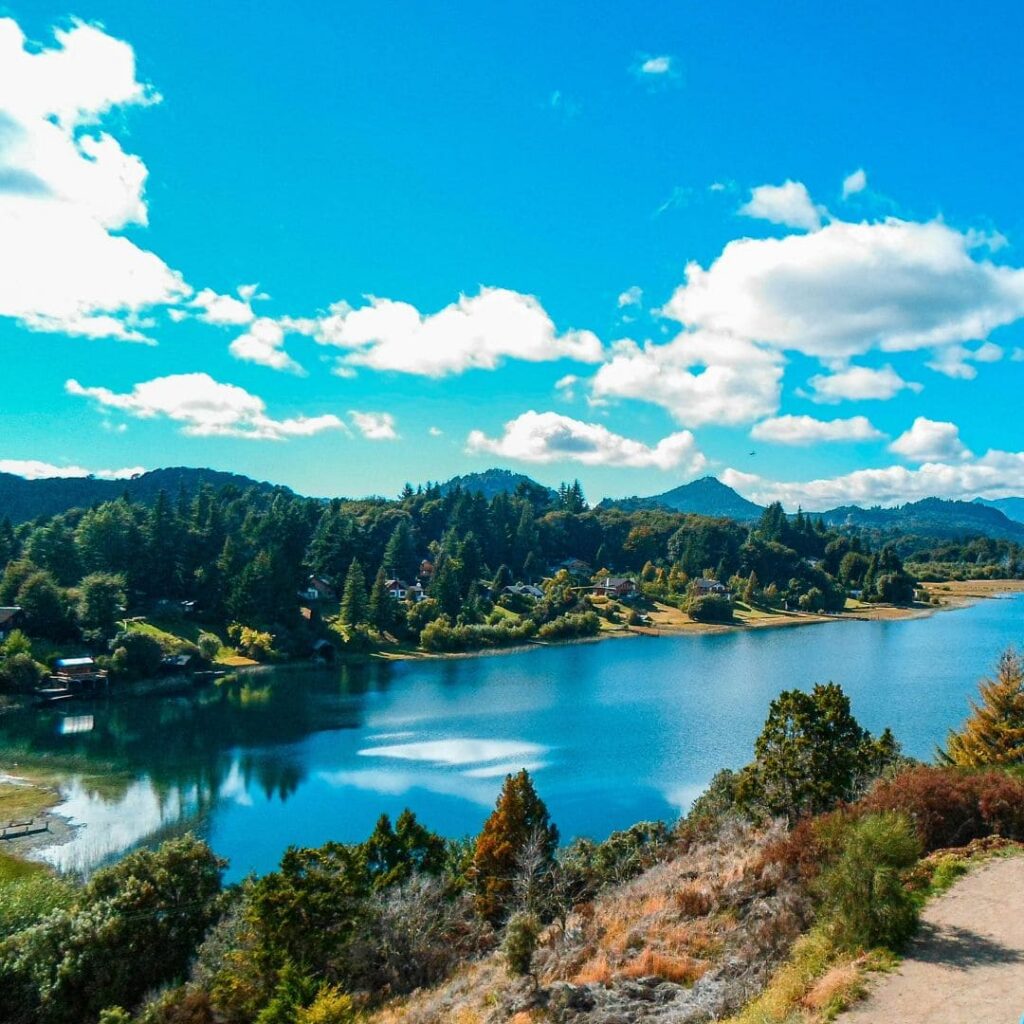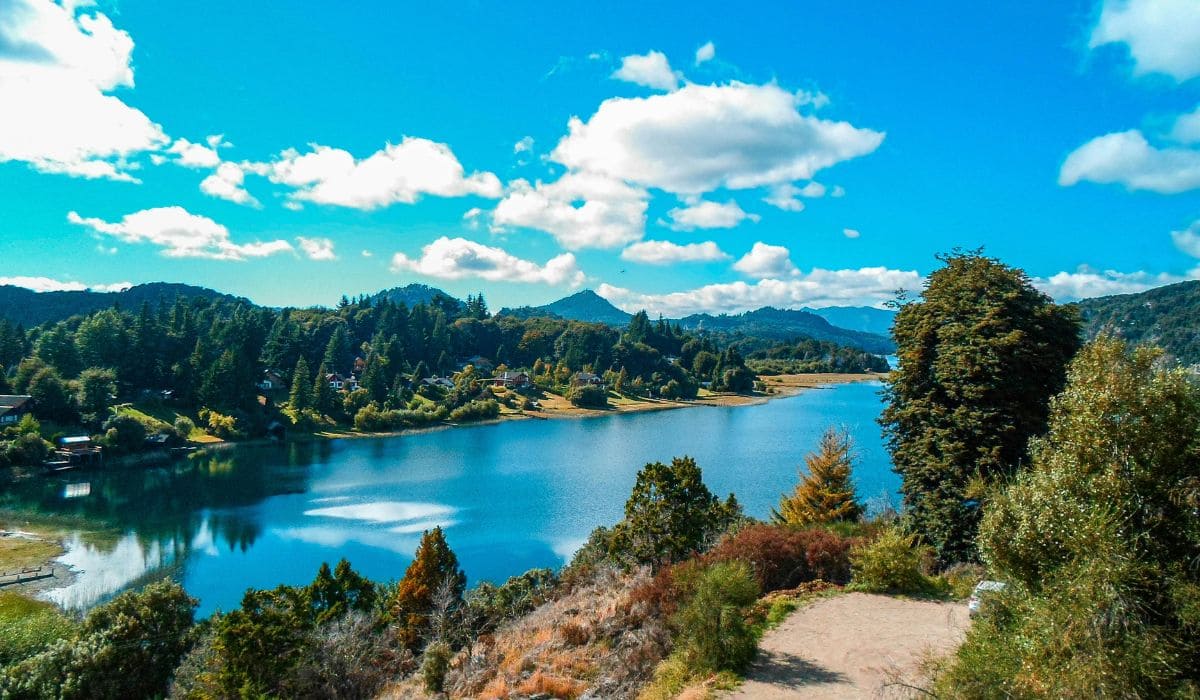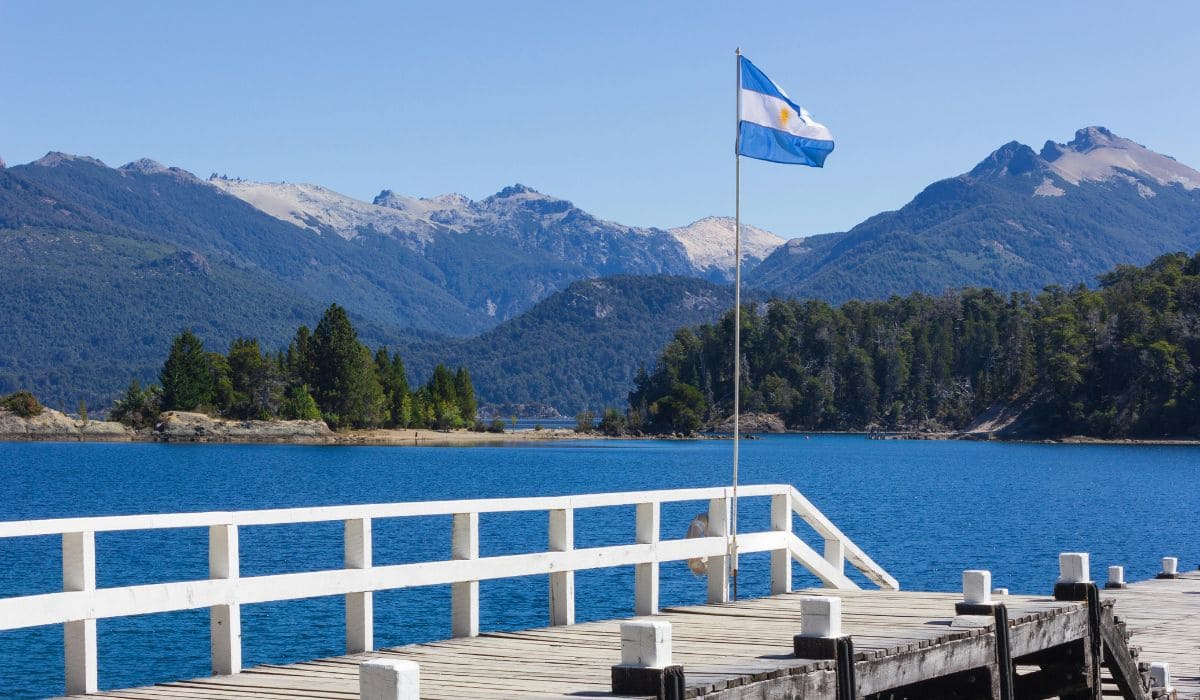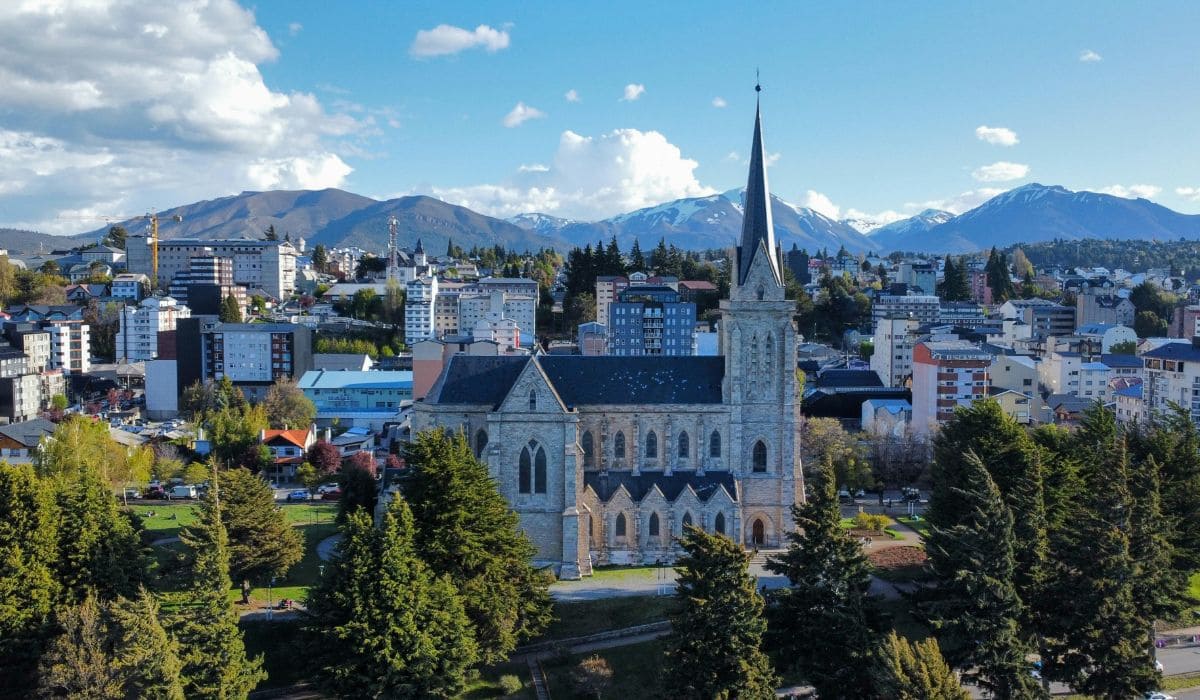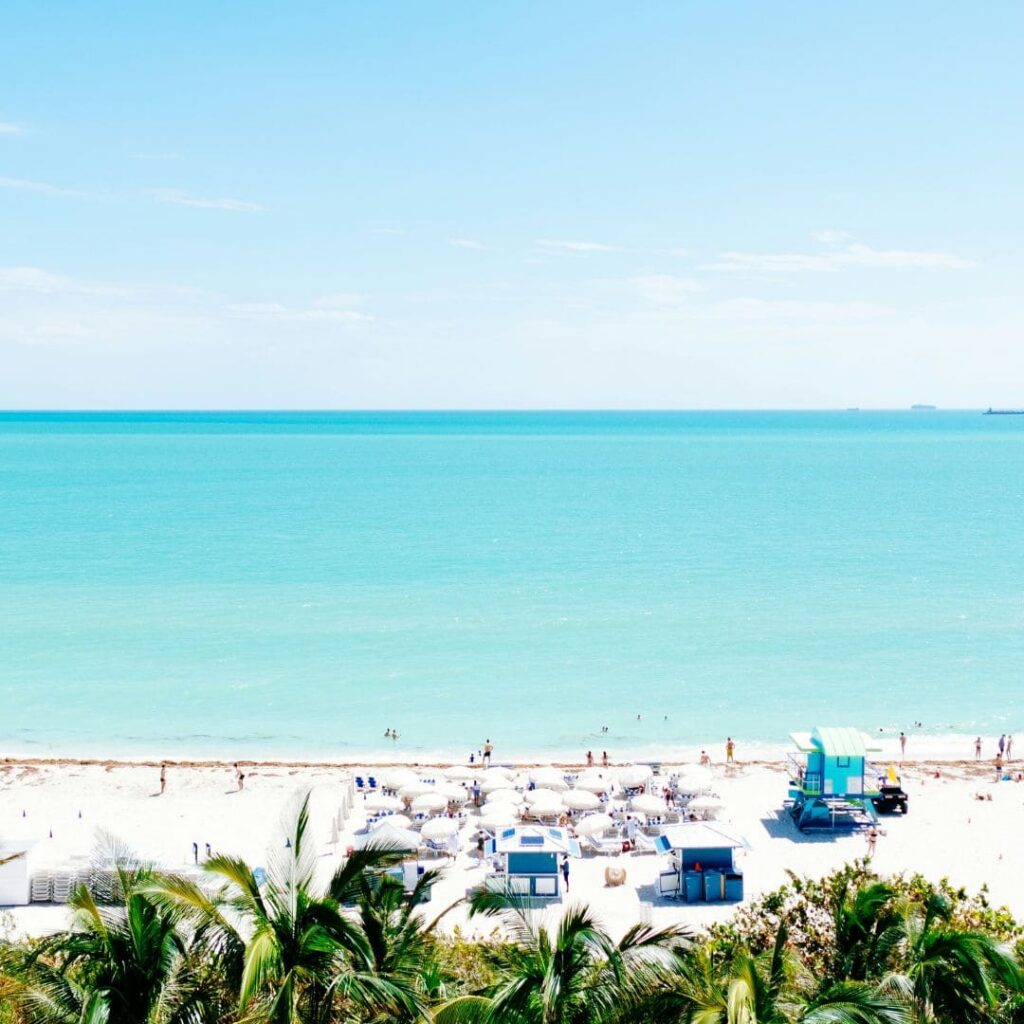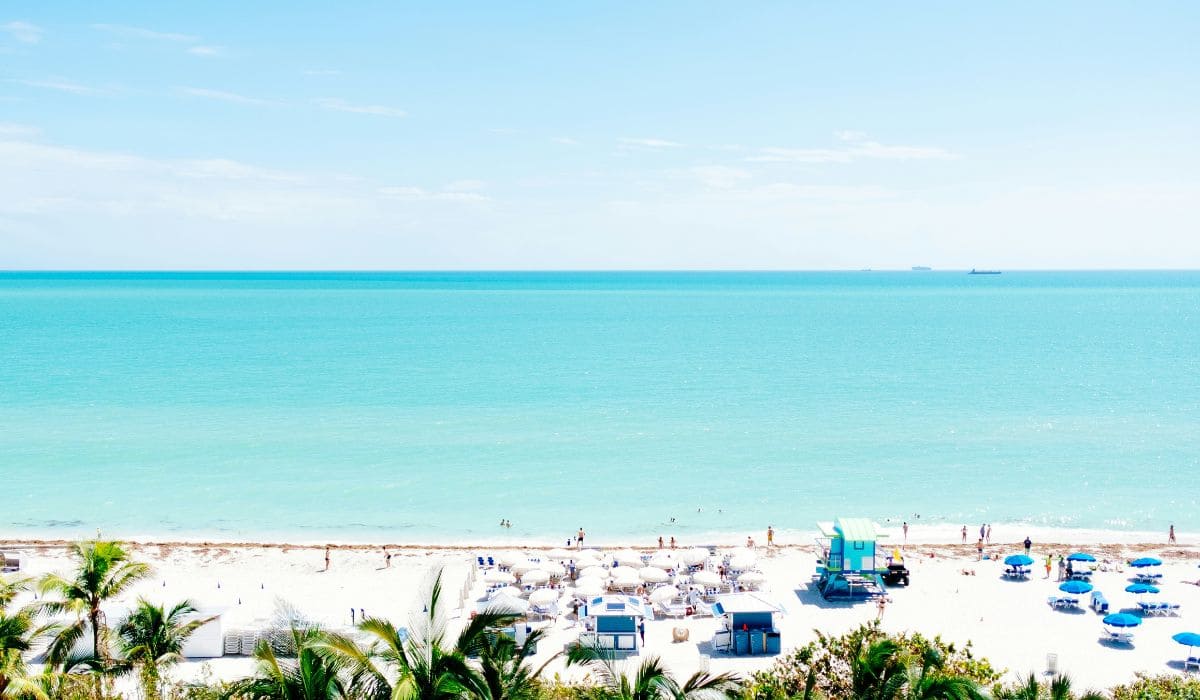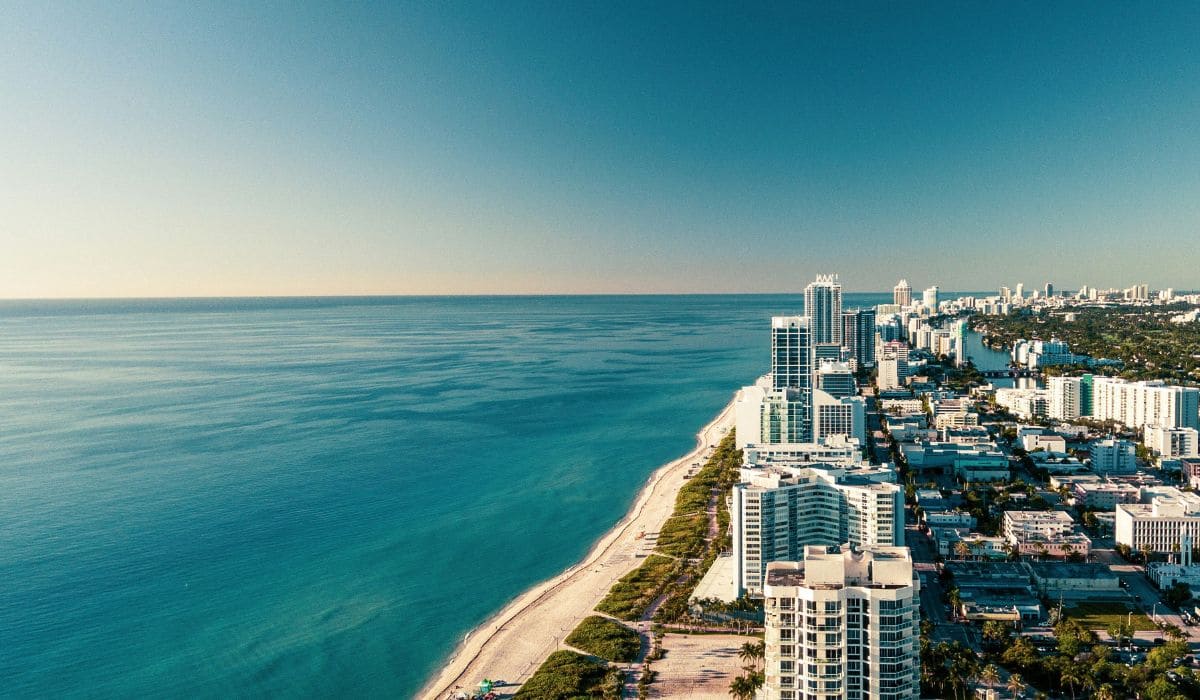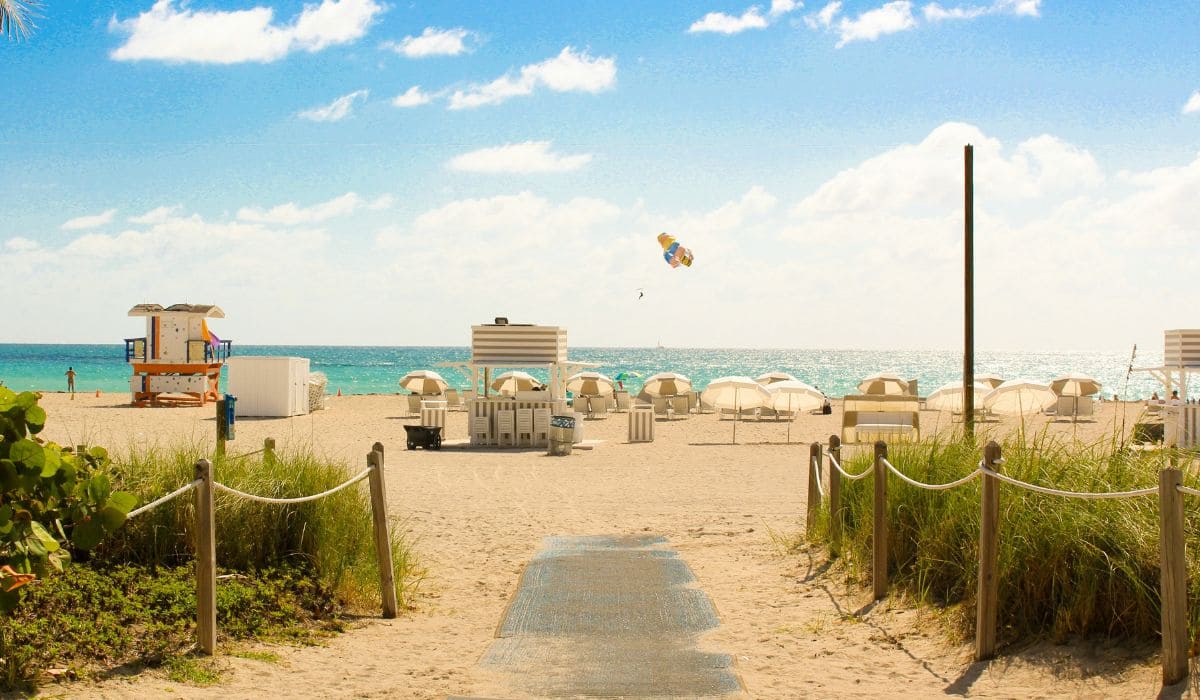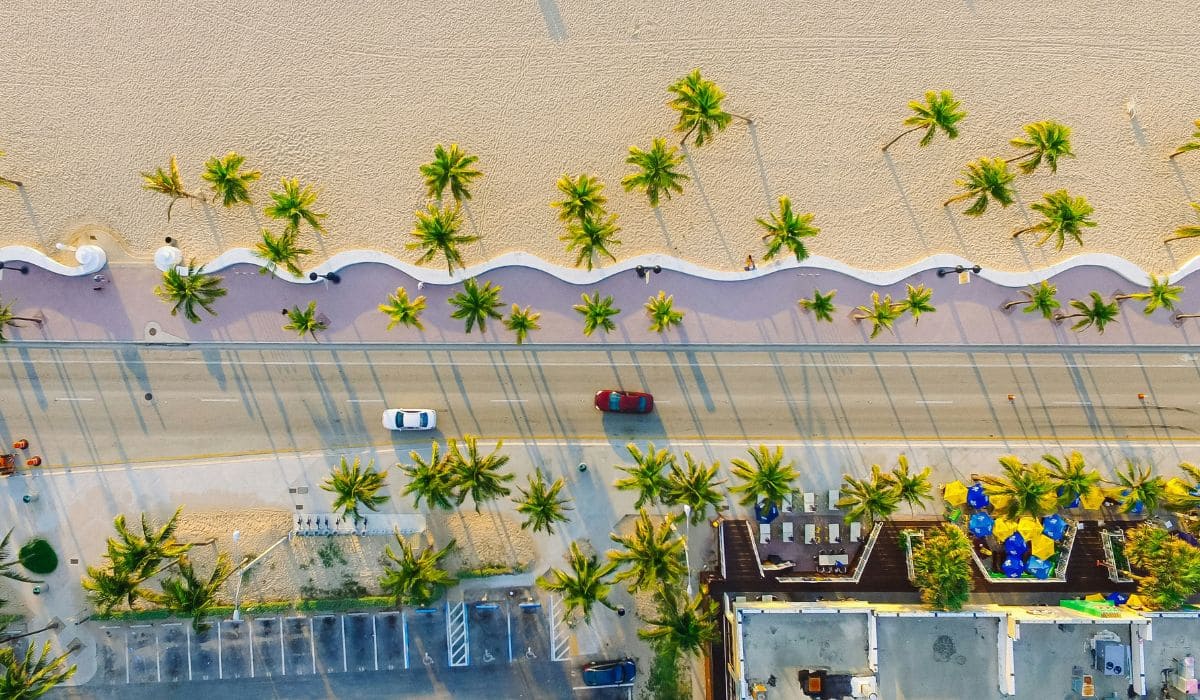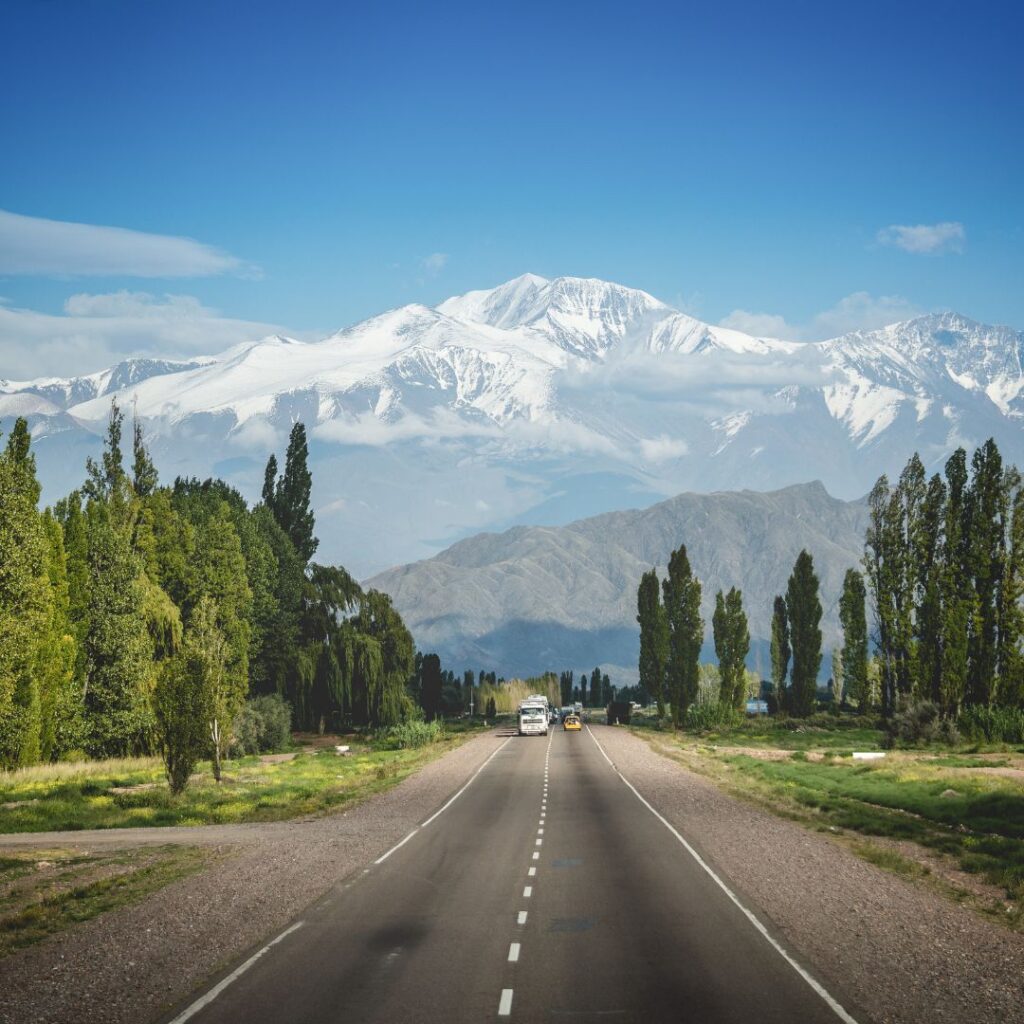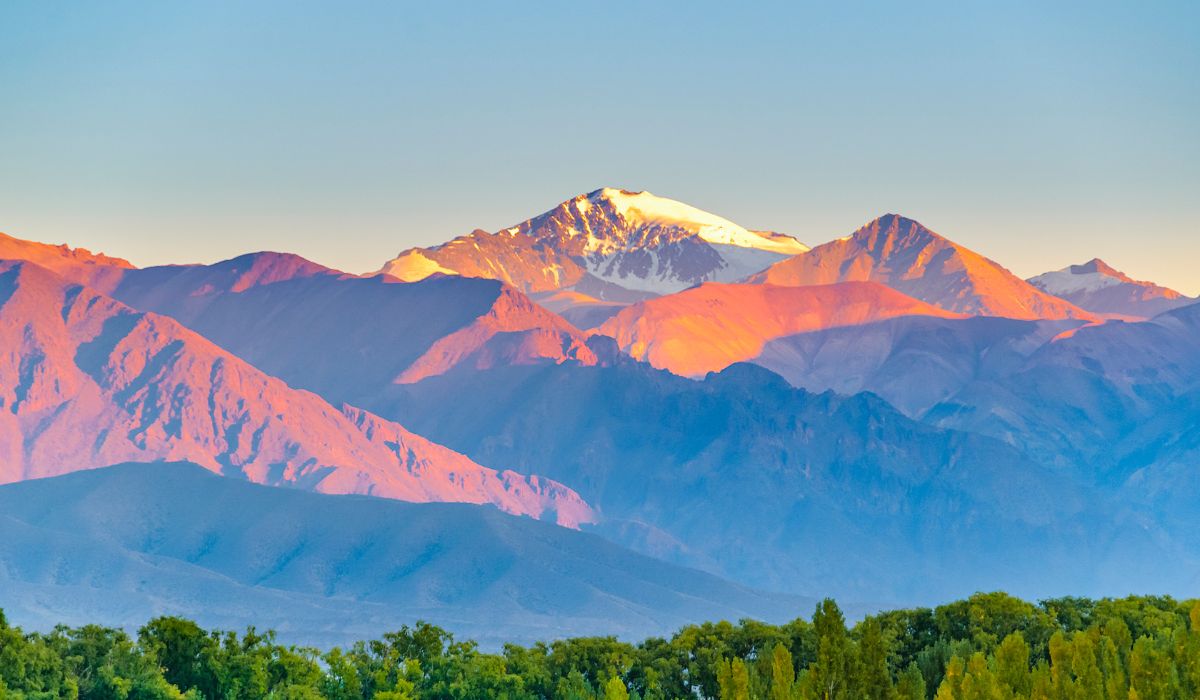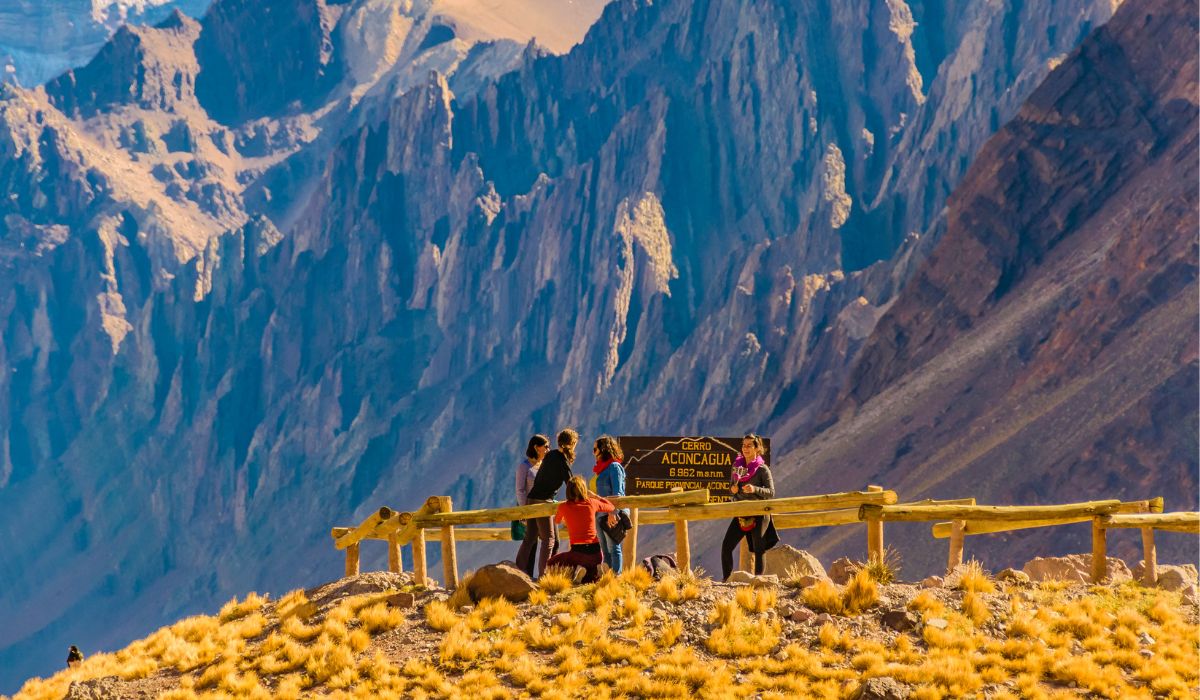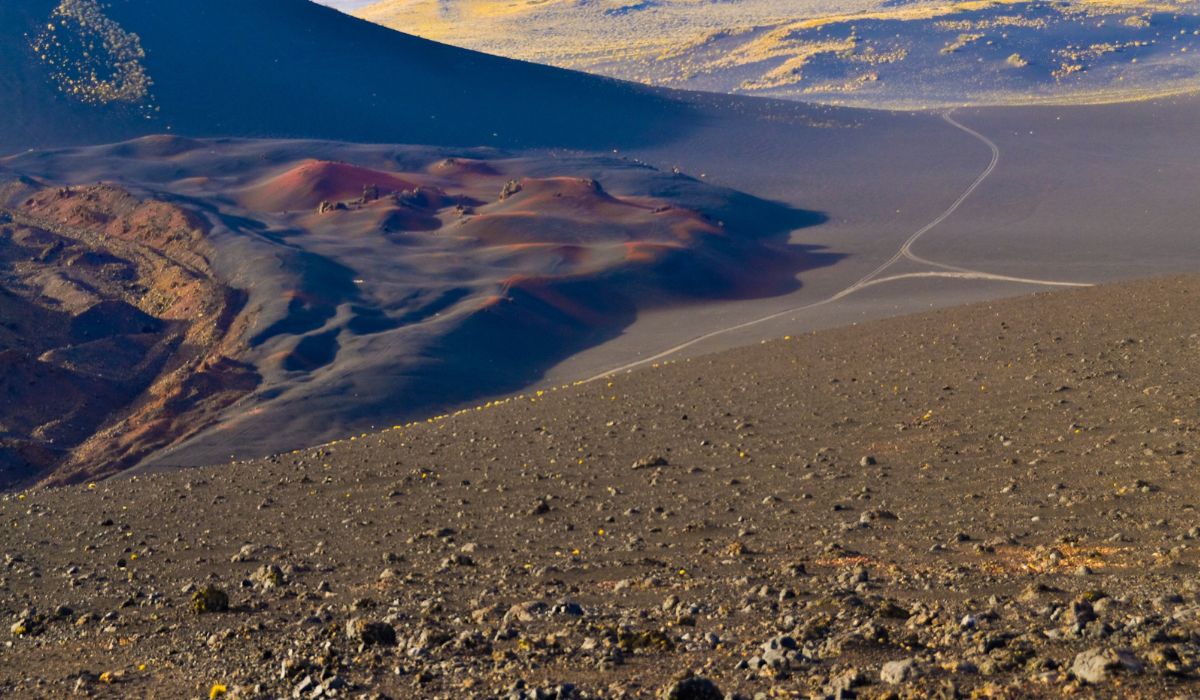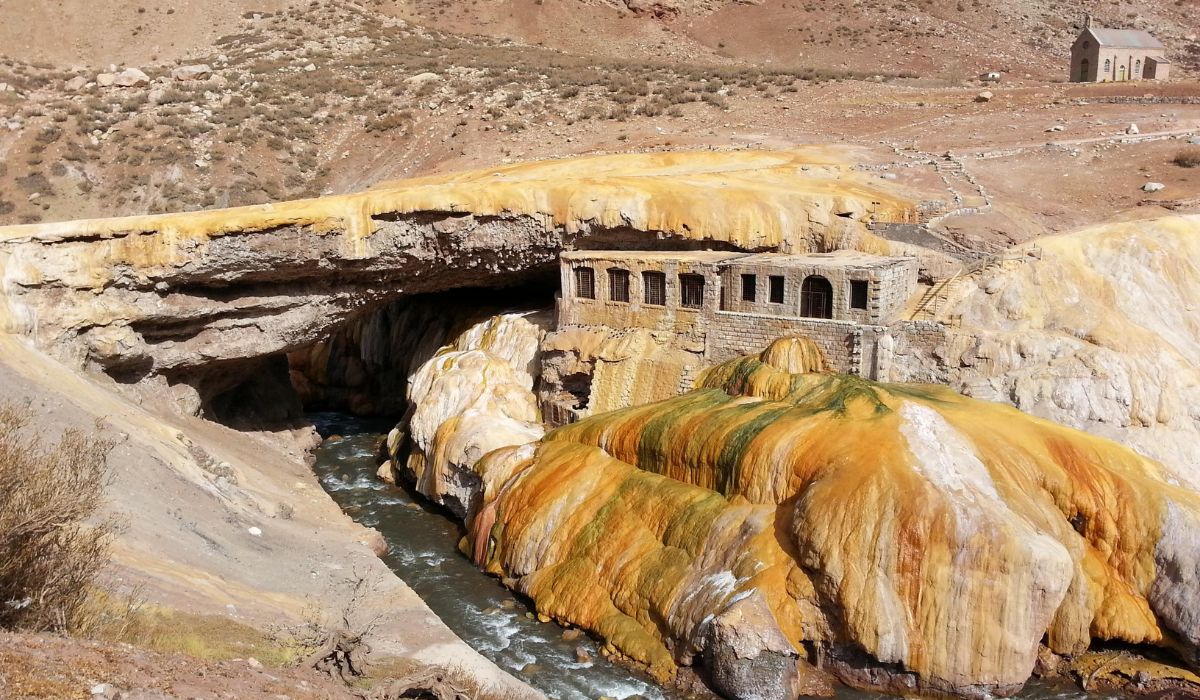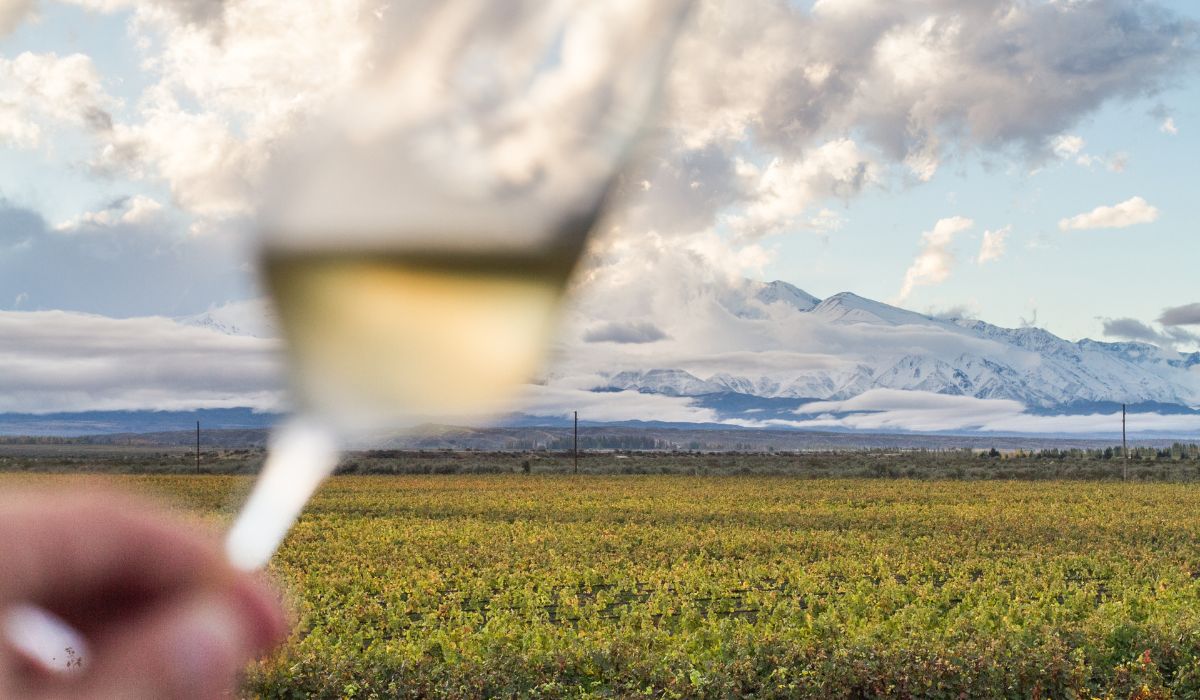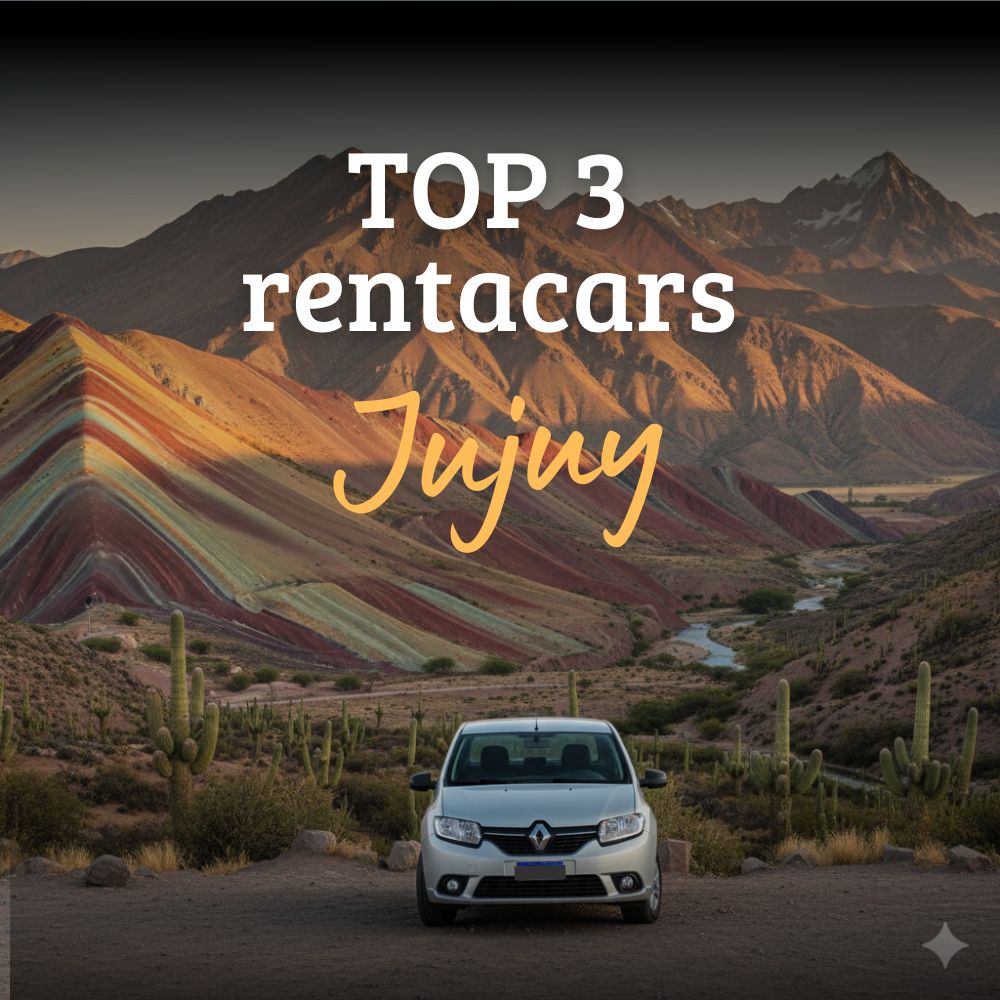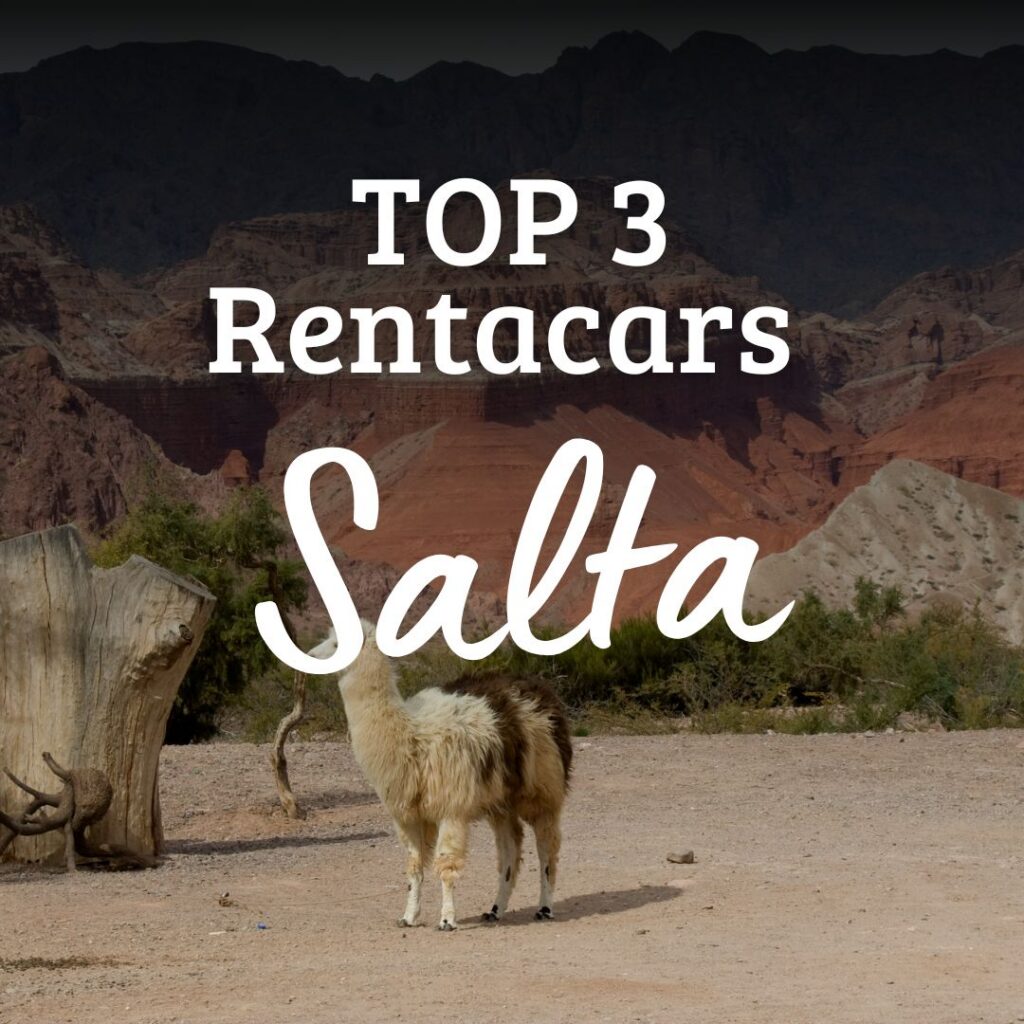One of the most common questions when traveling to the north is: what to do in Tucumán? Many times, this destination gets fewer days than it deserves, or it’s simply thought of as a stop on the way to another place in the country. But the truth is that the province of Tucumán has nothing to envy its northern sisters and, on the contrary, it will surprise you with every step you take through the Garden of the Republic.
History, culture, gastronomy, and stunning landscapes await you in Tucumán, a unique corner of Argentina that’s well worth visiting. It all begins in San Miguel de Tucumán, and continues through the Calchaquí Valleys until reaching the Sacred City of Quilmes. A route that deserves your time so you can truly disconnect and relax.
At Rentennials, we promote a different way of traveling — unrushed, sustainable, and allowing you to reach the places you’ve been dreaming of. Keep reading and discover what to do in Tucumán.
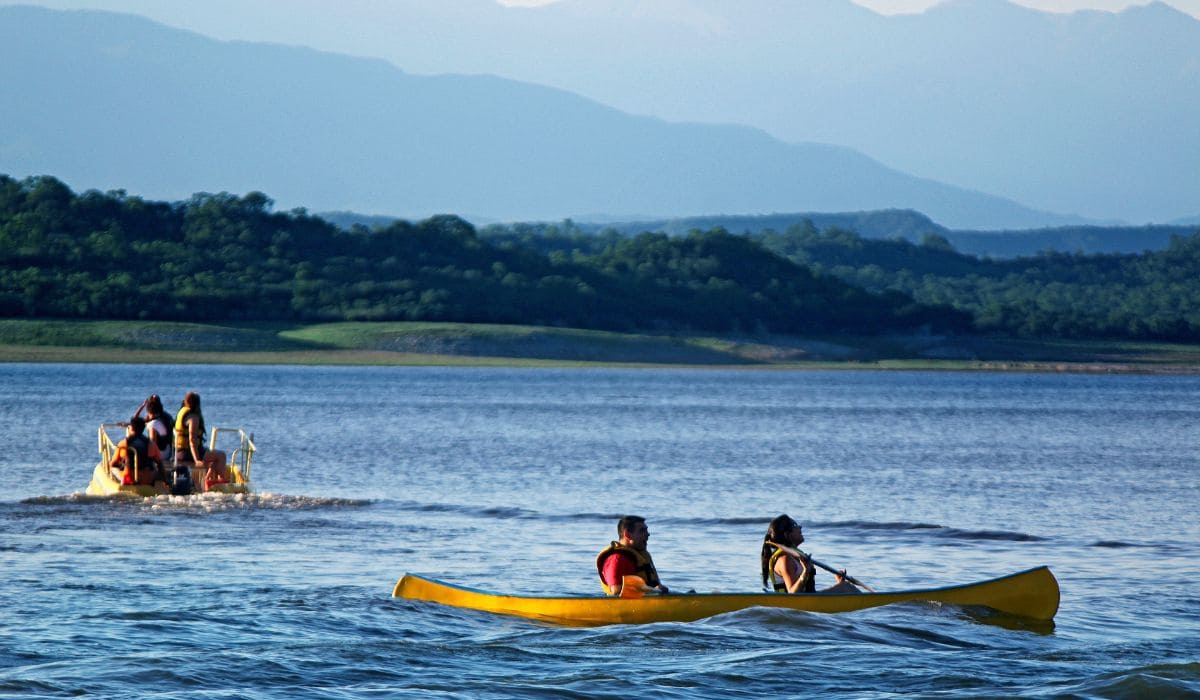
@visitargentina
How to get to Tucumán?
Tucumán is located about 1,200 kilometers from Buenos Aires, 550 km from Córdoba, and 1,000 km from Mendoza. From Buenos Aires or Mendoza, the best option is to take a flight to the capital, San Miguel de Tucumán. Aerolíneas Argentinas, JetSmart, and Flybondi operate daily flights. If you’re departing from Mendoza, you’ll likely need to connect in Buenos Aires.
If you’re in Córdoba, getting there is very simple: take National Route 9 heading north, and you’ll arrive in under 8 hours.
What’s the best way to explore Tucumán (by car)?
The best way to explore Tucumán is by car. The distances are short, the roads are in good condition, and they are paved.
Renting a car in Tucumán is the first step you should take. You’ll reach the places you really want to visit and avoid long waits for public transportation. Plus, you’ll likely save much more money than booking tours that may not go where you want.
How many days do you need to explore Tucumán by car?
If you’re wondering what to do in Tucumán with the time you have, here’s some good news: you don’t need many days. The province is small, so we recommend at least 7 days. That’s the ideal amount of time to stay in San Miguel de Tucumán, enjoy Tafí del Valle, and relax in Amaicha del Valle.
If you have more time, you can combine it with a trip through the Calchaquí Valleys in Salta or venture into Catamarca.
When is the best time to visit Tucumán by car?
Like all destinations in northern Argentina, the best time is between April and November. There are several reasons: the temperatures are more pleasant and, most importantly, rainfall is infrequent.
You can visit during the summer, but be aware that it rains more and it’s hotter, especially in the capital area. Also, since it’s high season, prices are slightly higher and there may be more crowds.
Places to visit in Tucumán
To organize an itinerary to travel through Tucumán by car and explore its best spots, it’s first important to understand the regions of the province. On one side, you’ll find the destinations close to the capital, known as the Tucumán yungas. San Javier and El Cadillal are must-sees (along with San Miguel).
Another region lies to the west, known as the Calchaquí Valleys of Tucumán. Tafí del Valle and Amaicha del Valle are ideal towns to stay in and explore the surrounding landscapes.
That’s why, when planning what to do in Tucumán, it’s always important to keep the province’s regions in mind to better plan your route.
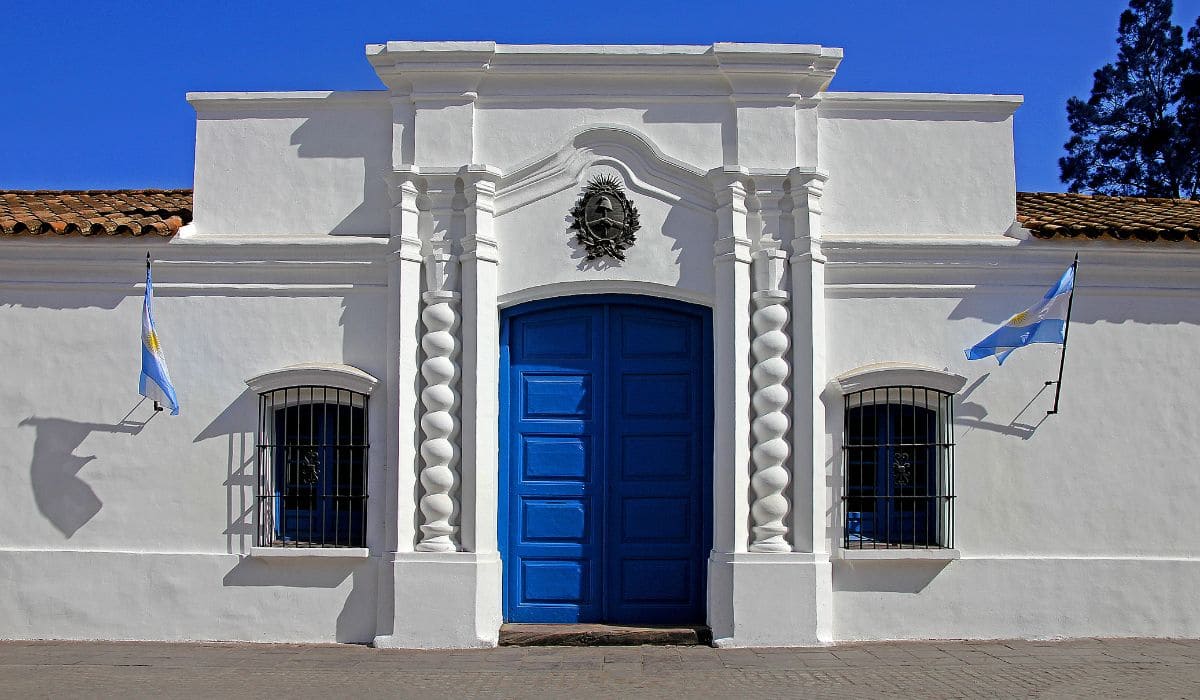
@visitargentina
What to do in Tucumán?
Everything begins with a few days in San Miguel de Tucumán, or even better, in one of the nearby towns in the yungas. Then, head west into the beautiful Calchaquí Valleys of Tucumán. It’s a trip through the country’s history, breathtaking landscapes, and exquisite gastronomy. Yes, you’ll also find wineries with excellent wines.
First stop: San Miguel de Tucumán
San Miguel de Tucumán is a city full of history, visible in every block of its historic center. Museums, colonial architecture, and local cuisine all deserve a spot on your journey.
What to visit in San Miguel de Tucumán? Here are our top picks:
- Casa Histórica de la Independencia. One of the most iconic places in Argentina’s history. The visit takes about one hour. Admission is free. Open Tuesday to Sunday from 9 a.m. to 1 p.m. and 3 p.m. to 7 p.m.
- Mercedes Sosa Museum and Birthplace. You don’t need to be a folklore fan to enjoy this museum dedicated to our most internationally recognized singer. Open every day from 9 a.m. to 6 p.m. (closed at midday on weekends). Free entry.
- Museo Casa Padilla. A journey into the past to learn how the protagonists of the colonial era lived. Located across from the main square. Open Tuesday to Sunday from 9 a.m. to 1 p.m. and 3 p.m. to 7 p.m. Free admission.
- Sugar Industry Museum. Perfect for those who want to understand the production of one of the country’s key crops. Located in 9 de Julio Park. Open Tuesday to Sunday from 9 a.m. to 1 p.m. and 3 p.m. to 6 p.m. Free entry.
- Independence Square and the surrounding churches, including the Cathedral.
We recommend spending the first night in San Miguel (if you arrive late), and the next day dedicate a few hours to exploring the city.
El Cadillal, a different place
Located 20 kilometers north of San Miguel de Tucumán, El Cadillal Dam is a favorite spot for locals to spend the day enjoying various activities. You can take boat rides, kayak, rappel, go canyoning, among many others. Or simply sit down and relax.
There’s a tourist promenade with food options where you can enjoy local cuisine.
How to get there? Take National Route 9 and follow the signs to El Cadillal. It’s just 20 minutes from the capital.
San Javier, among trails and greenery
Taking Provincial Route 340, you’ll reach the village of San Javier, a must-see when deciding what to do in Tucumán. You’ll rest and reconnect with the yungas. Hiking, horseback riding, and cycling await you.
You’ll also find the Sierra de San Javier Park around the village, where you’ll truly discover the Tucumán jungle at its best. Walk its trails — they’re suitable for all ages. If you want something more demanding, opt for the high-difficulty treks, perfect for adventure seekers.
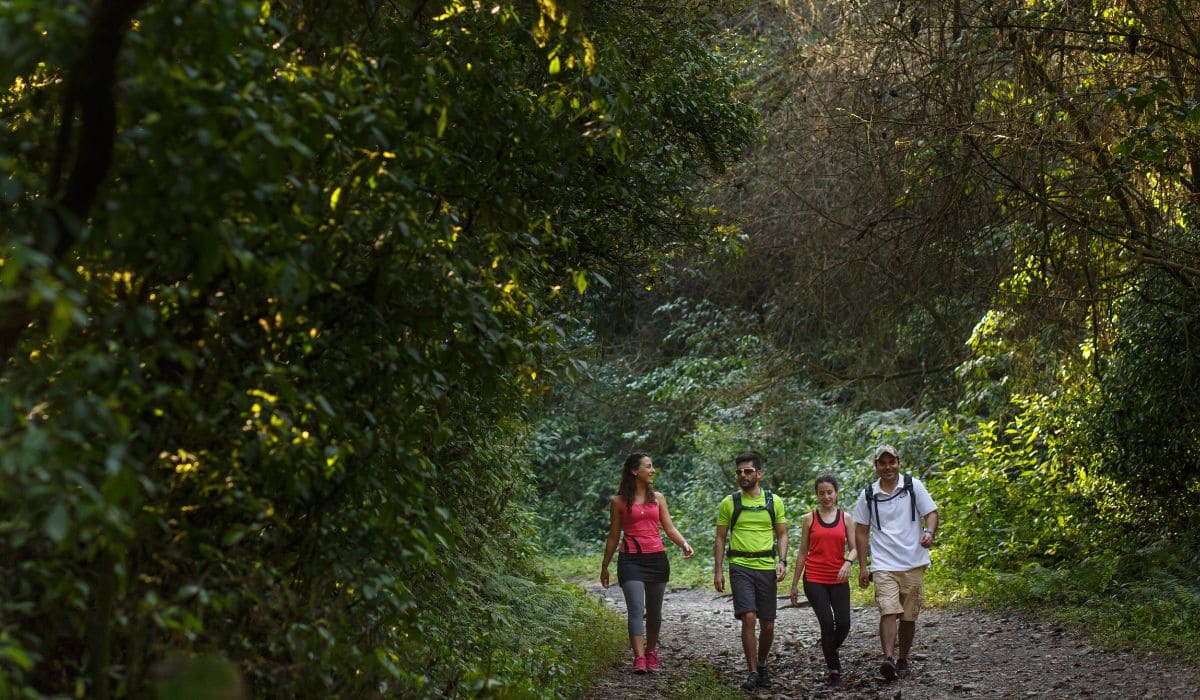
@visitargentina
Scenic Route: Quebrada de los Sosa (RP 307)
Once you’ve explored the Tucumán jungle, it’s time to head into the Calchaquí Valleys. To get there, take RP 307, one of the most scenic roads in Argentina. The road climbs gradually until reaching viewpoints that look out over the gorge carved by the La Angostura River.
We recommend taking it slow and stopping at each viewpoint.
El Mollar and Los Menhires
As you ascend, the jungle fades. The first village you’ll encounter is El Mollar, located across from La Angostura Dam — one of the highest artificial lakes in the world, at 2,000 meters above sea level. What can you do there? It’s great for birdwatching, fishing, or water sports. Here’s a secret: there’s a challenging hike to Ñuñorco Grande that requires a guide and climbs to 3,320 meters above sea level.
Not far from El Mollar is one of the most “peculiar” archaeological sites in the country: Los Menhires, carved stones raised by ancient cultures.
Tafí del Valle, between hills and tranquility
A must when thinking about what to do in Tucumán: Tafí del Valle. This small town is perfect for staying a few nights and enjoying biking and horseback riding. If you’re into hiking, the Muñoz and El Pelao hills have trails you’ll love.
You’ll also find the Calchaquí Peaks Provincial Park, with its unique landscape at 3,000 meters altitude, fossils, and petrified forests. Be aware: it’s challenging.
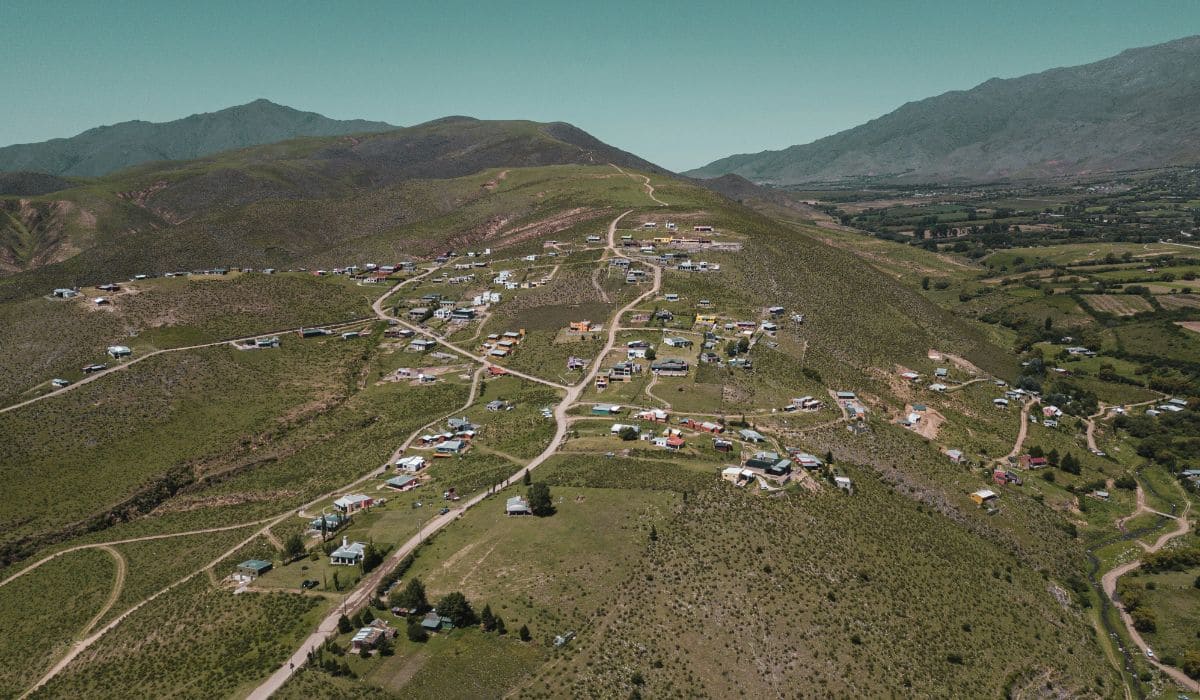
Ampimpa Observatory, a place to see the stars
Looking for a unique experience? Stargazing at Ampimpa is for you. Imagine: a whole day and night (even until dawn) dedicated to disconnecting through this unforgettable activity. No need to be an expert — just bring your curiosity.
The visit includes afternoon snack, dinner, and breakfast, plus guided walks and star observation with specialists. Book here.
There’s also the option of daytime observations.
The Artisan Route
Along the way from El Mollar to Amaicha del Valle, you’ll find numerous artisan workshops along the Artisan Route. Ceramics, textiles, metal jewelry, and more — all made by producers rooted in ancestral knowledge. Local families open their doors so you can learn how each piece is created.
Amaicha del Valle
They say Amaicha del Valle has the most sunny days in Argentina — around 360 per year. So there’s some truth to it. If you’re looking to unwind, a few nights here are all you need. Nearby, you’ll find Los Zazos Dam and the Remate waterfalls. There’s also a tour to the Tiu Punco desert, a surreal landscape — guides are required.
Don’t miss the Pachamama Museum, a space to learn about the lives of the region’s Indigenous peoples.
Sacred City of Quilmes
Near Amaicha del Valle, along National Route 40, lies one of the most important archaeological sites in Argentina: The Sacred City of the Quilmes. Inhabited around the 12th century, today you can explore the remains of their homes and sacred spaces.
Before walking the open site, don’t miss the Interpretation Center at the entrance — a great way to understand what you’re about to see.
It’s located 21 kilometers from Amaicha del Valle via RP 357. Open daily from 9 a.m. to 6 p.m.
The High Altitude Wine Route
This could be an article on its own, but we couldn’t leave it out. On the route from Tafí del Valle to Amaicha, you’ll find wineries to visit. Many are located along National Route 40, between Amaicha and Cafayate, in Salta.
Here are some wineries to visit:
- Los Amaichas Community Winery. Guided tours and tastings: Daily from 9 a.m. to 1 p.m. and 2 p.m. to 5 p.m.
- Río de Arena Winery. Guided tours and tastings: Daily from 12 p.m. to 6 p.m.
- Luna de Cuarzo Bio-Winery. Guided tours and tastings: Daily from 9 a.m. to 12 p.m. and 2 p.m. to 5 p.m.
- Finca Viñas del Chañar. Guided tours and tastings: Daily from 10 a.m. to 6 p.m.
From Tucumán to Salta by car
Now that we’ve answered the question of what to do in Tucumán, what comes next? One option is to continue your journey to Salta. From Amaicha del Valle, you’re just an hour away from Cafayate. You can either follow National Route 40 or take a unique route through the Quebrada de las Conchas to Salta’s capital.
Rent a car in Tucumán with Rentennials and enjoy the journey
One of the most beautiful things about Argentina is that every place you visit leaves you with a special feeling. Tucumán has it all to offer an unforgettable experience thanks to its landscapes, history, and culture. All you have to do is get in the car and enjoy the pleasure of travel.
To make everything easier and better, rent a car with Rentennials. No hassle, no endless paperwork — just everything you need to make your journey unique.
We are Rentennials
Rentennials is the new way to rent cars from local hosts in your city, quickly, easily, and affordably. It's also your new path to starting your own car rental business and making money every month.
Discover more.
